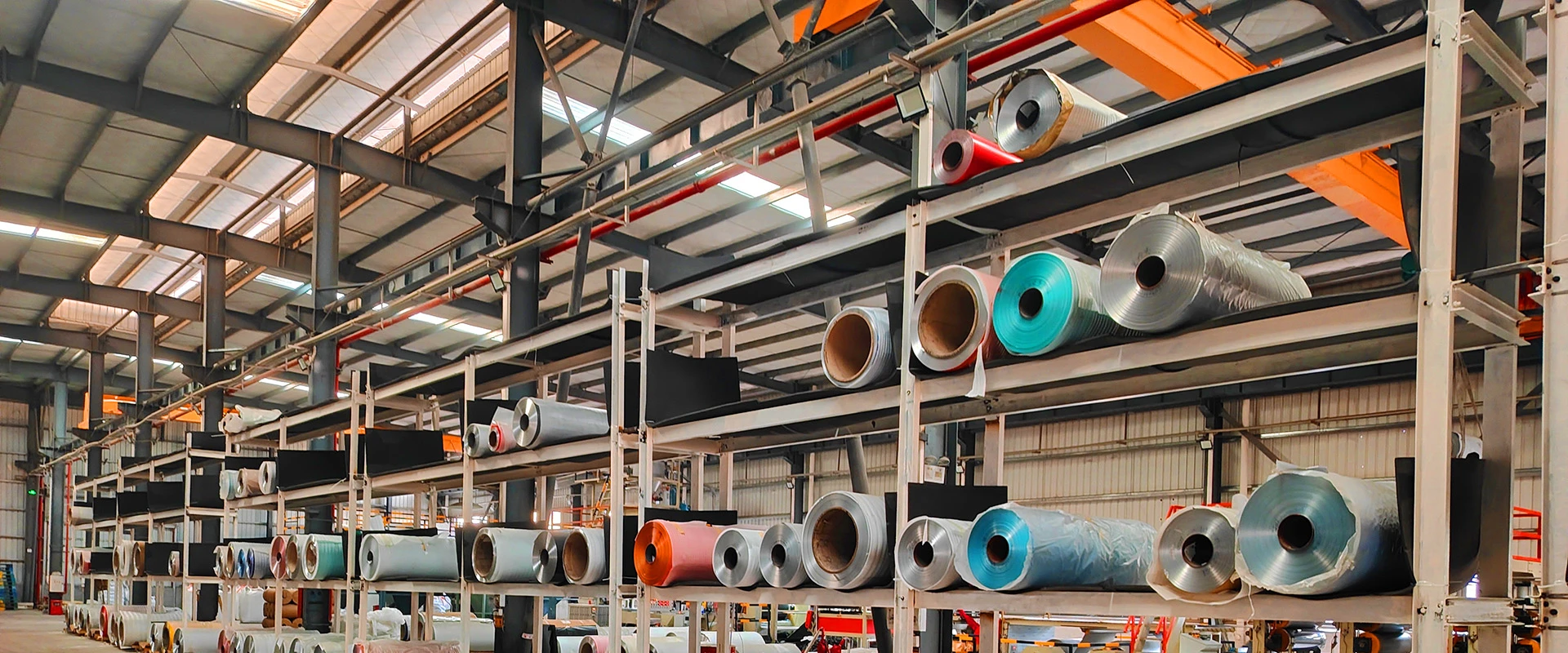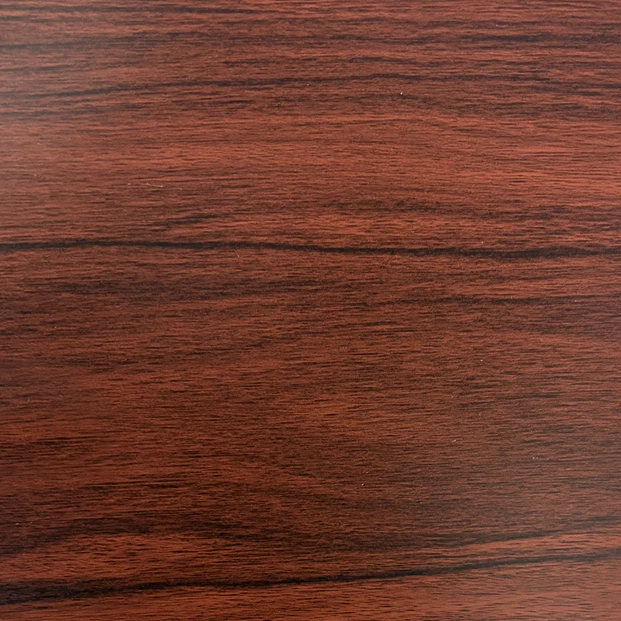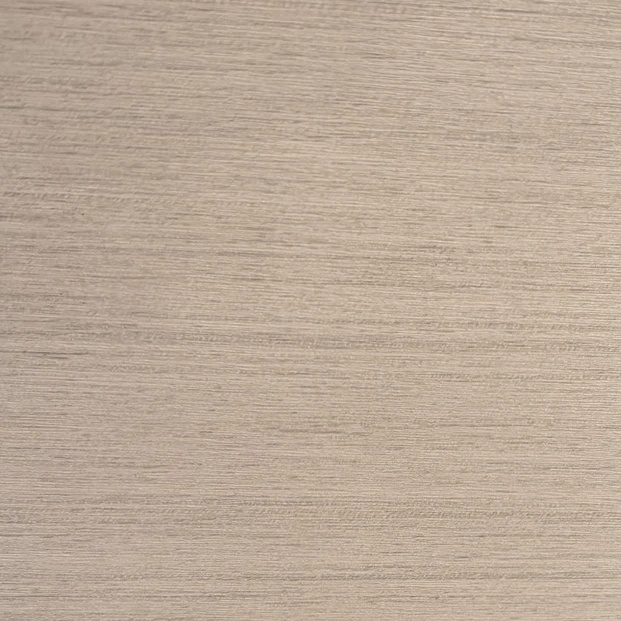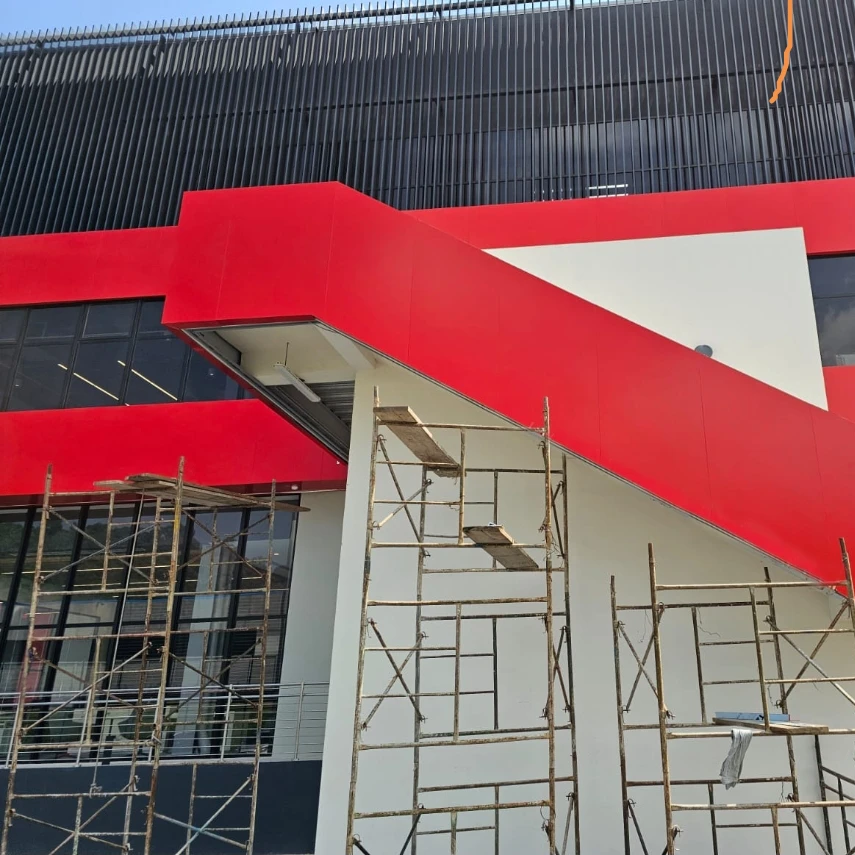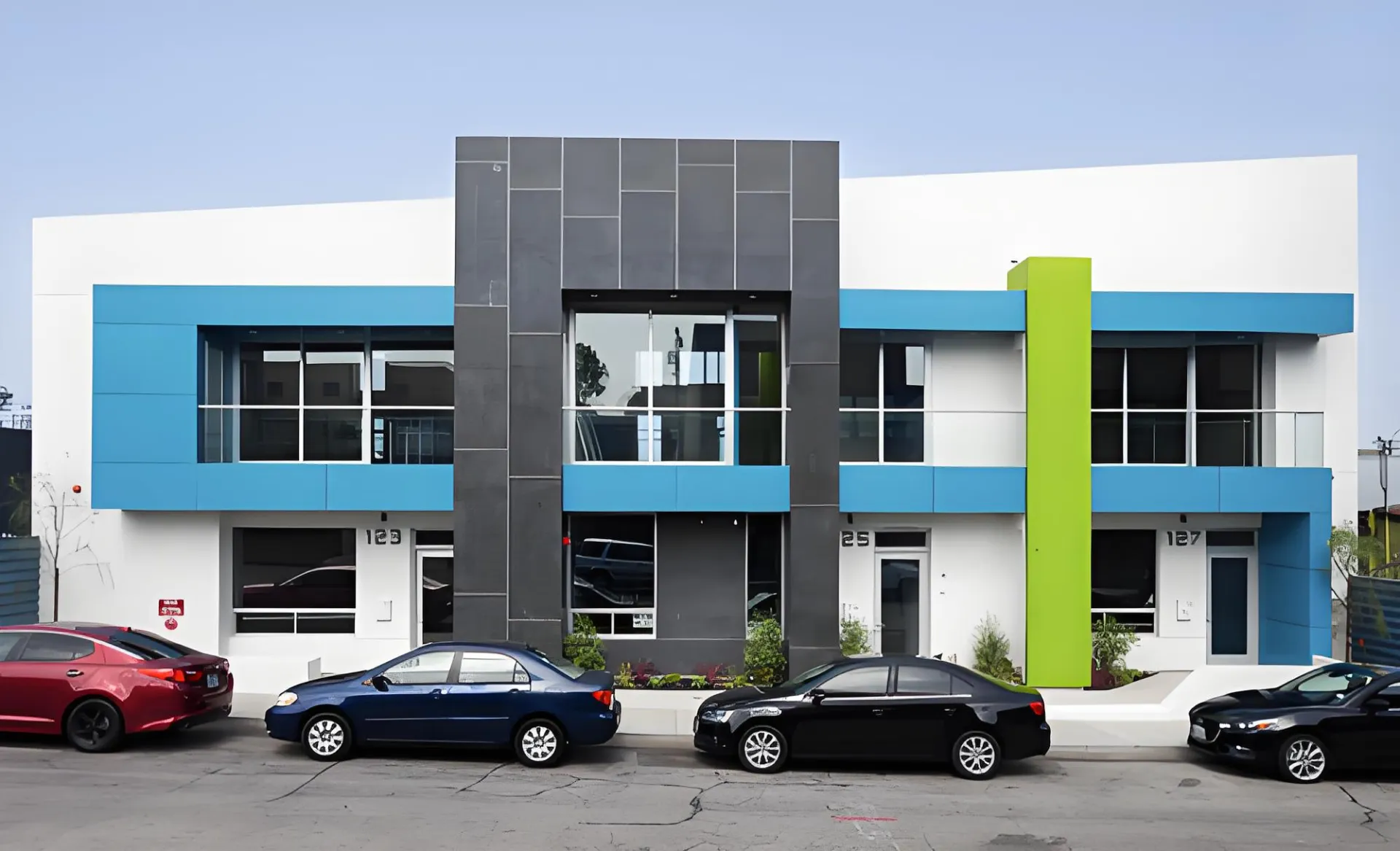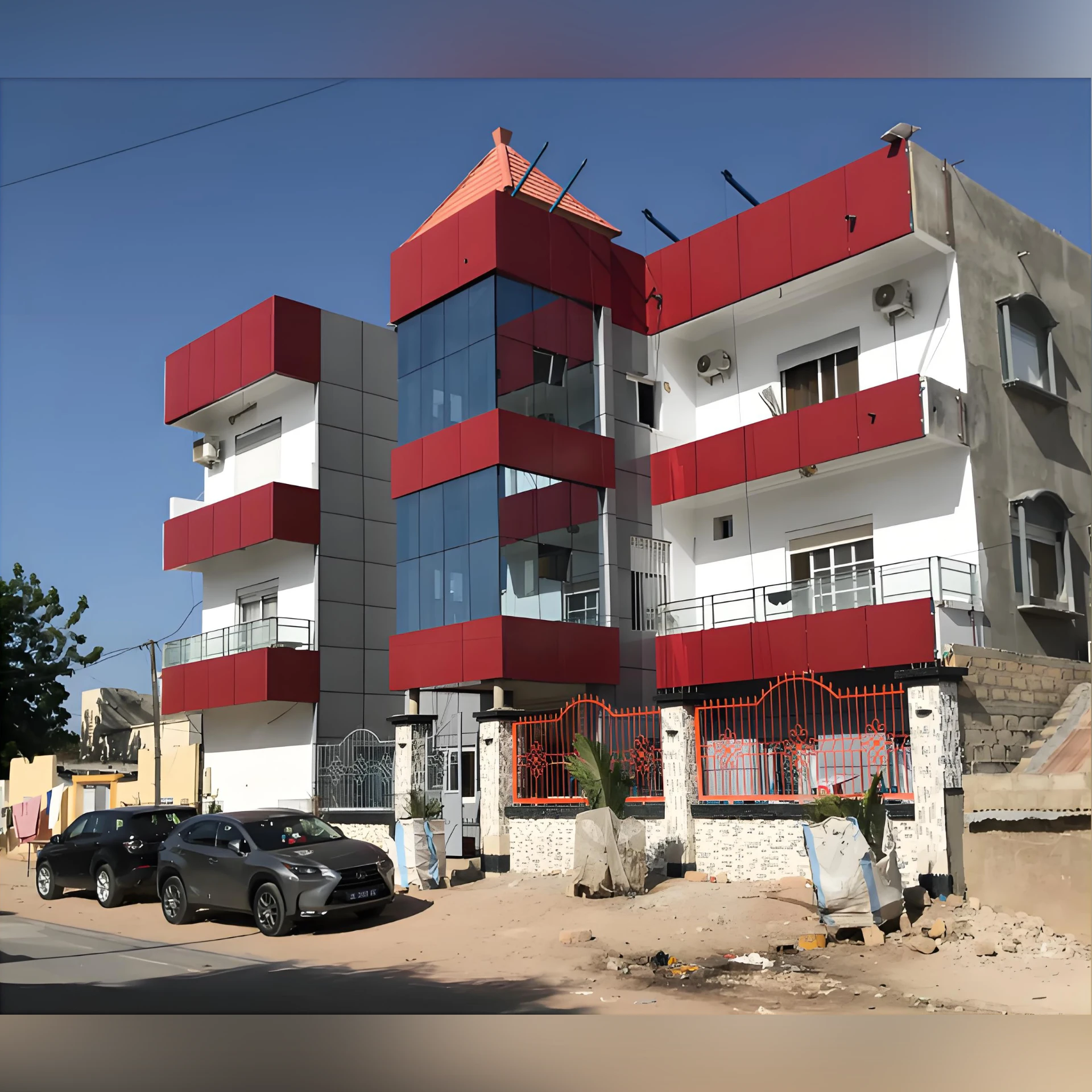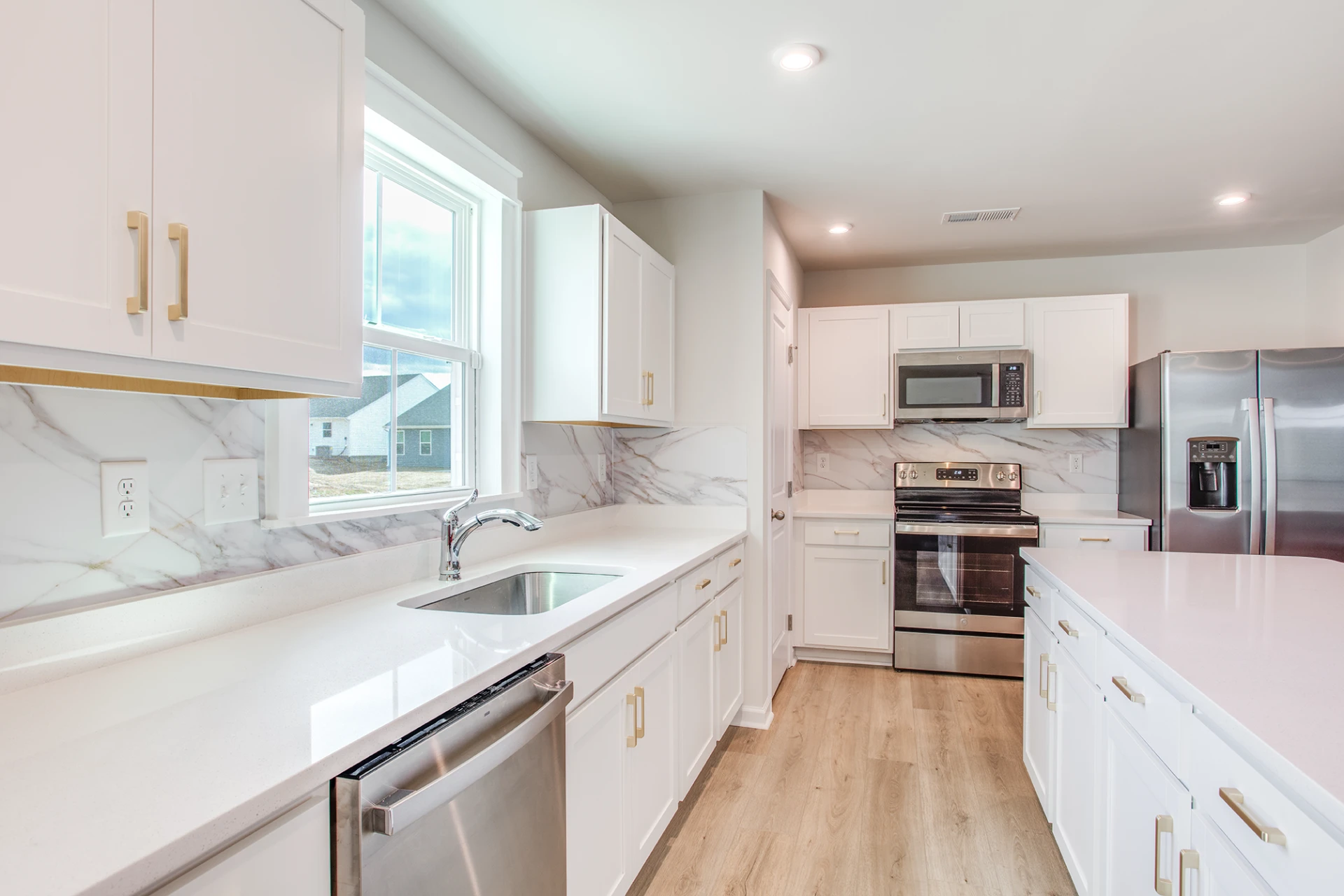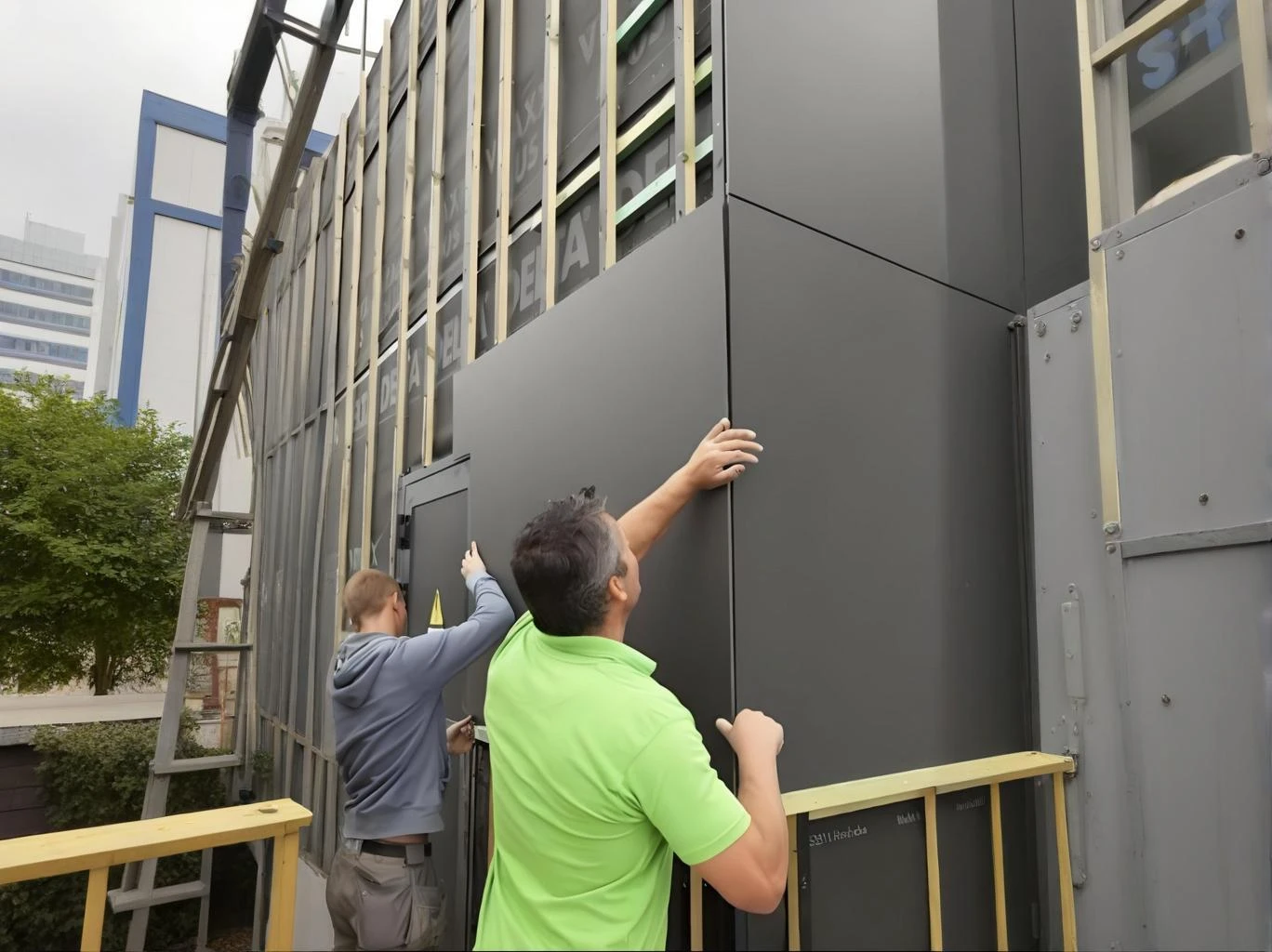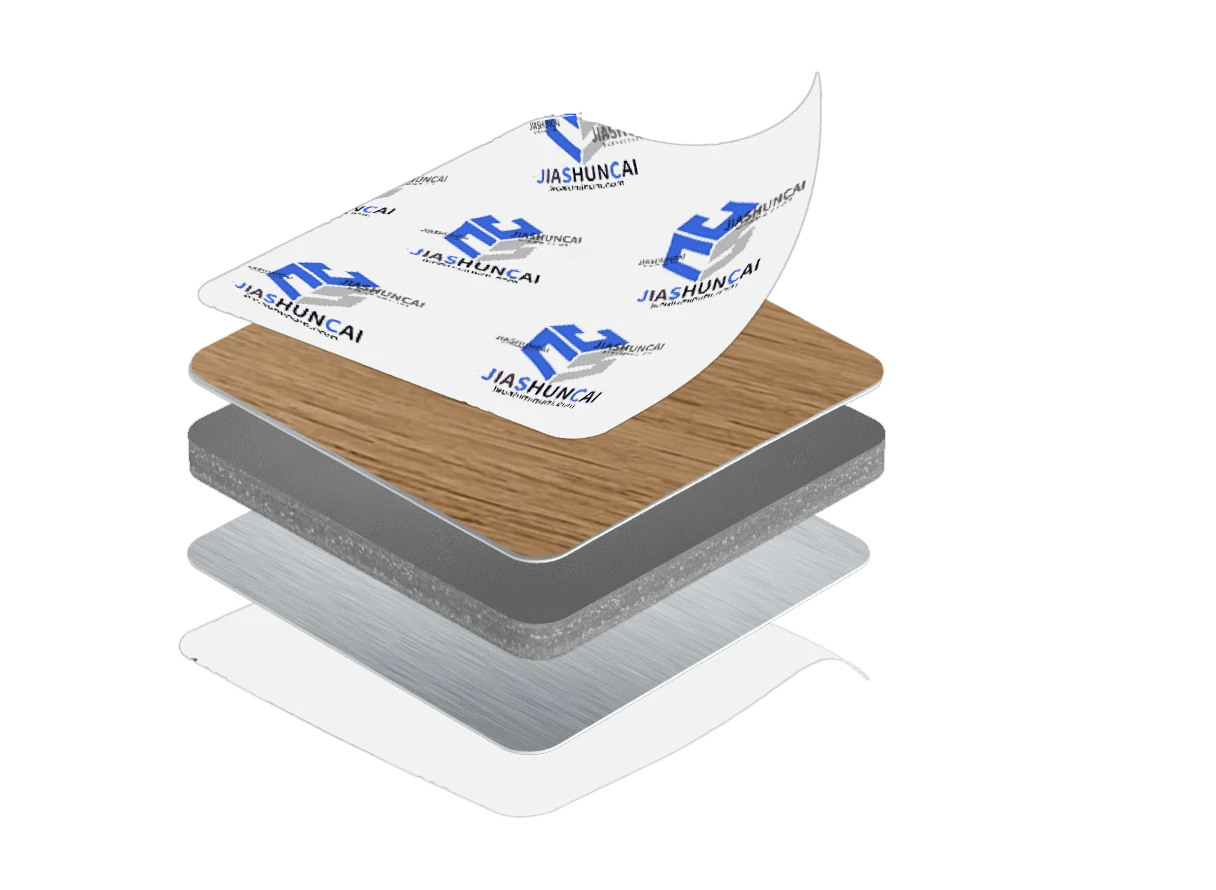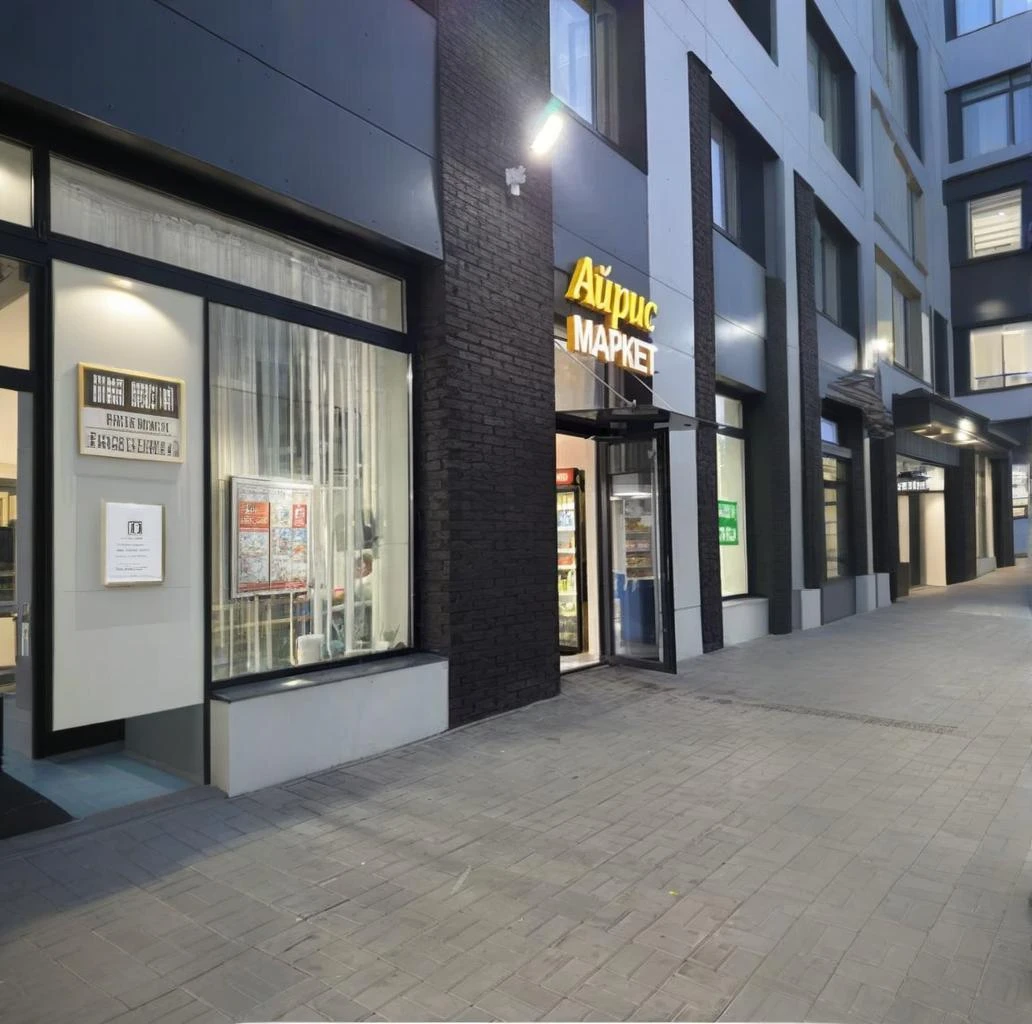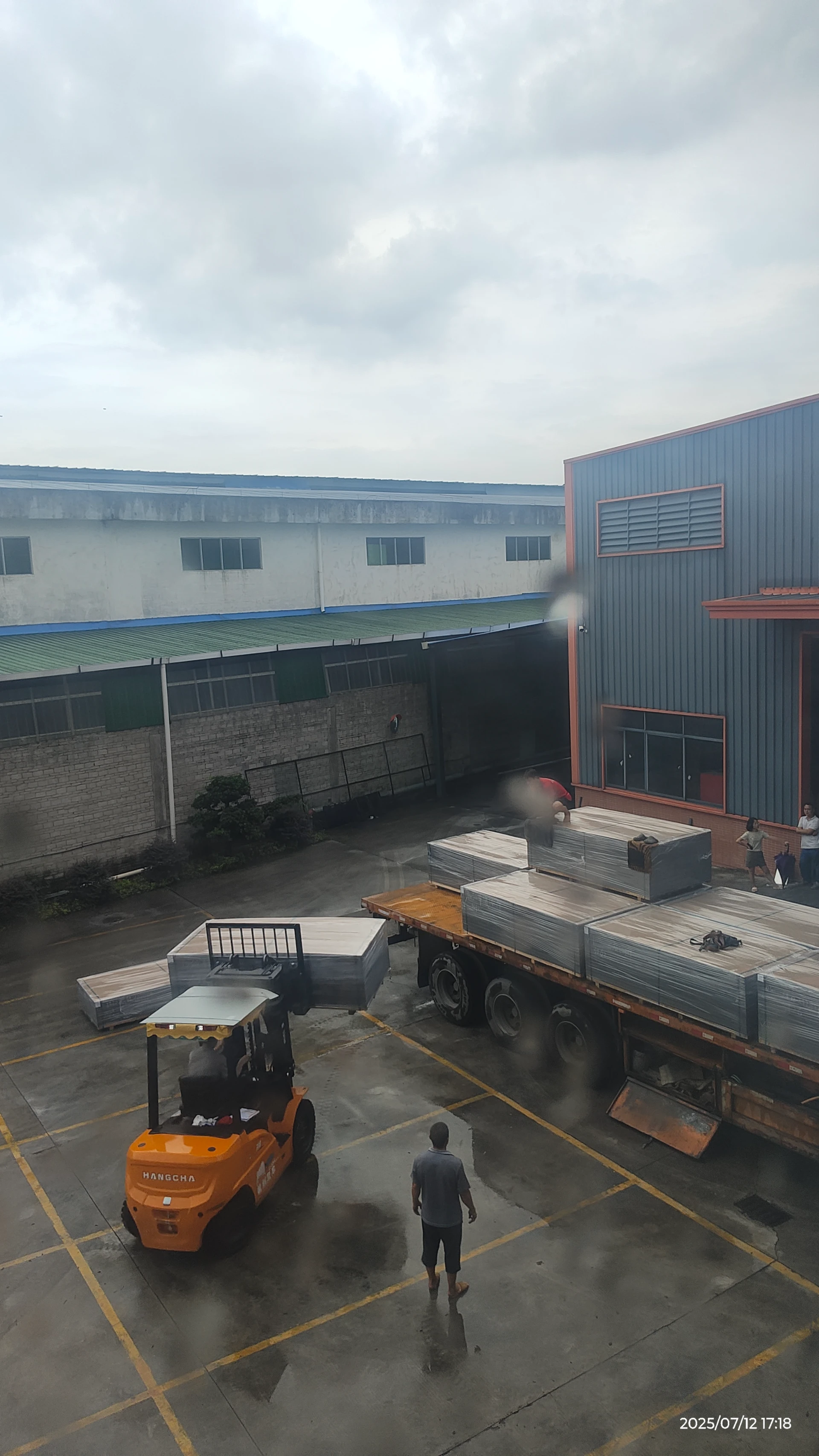Detalles do produto
Walnut wood veneer replicates the fine texture of natural wood through thermal transfer or roller coating techniques, imparting a natural feel to aluminum composite panels while retaining the lightweight and high-strength properties of metal composites (density about 2.5g/cm³, flexural strength ≥109MPa), achieving a balance between traditional wood texture and modern industrial performance. The base material of aluminum composite panels does not contain harmful substances like formaldehyde, and the surface fluorocarbon coating is resistant to ultraviolet rays and corrosion, with a service life of over 20 years, avoiding the defects of natural wood such as decay and high maintenance costs. The walnut wood color layer mimics the texture of natural wood, with matte or brushed surface treatments giving the material a warm feel, contrasting with metal frames and glass curtain walls, balancing the cold hardness of industrial style with the softness of nature. Warm and cool balance: Walnut wood color belongs to a warm neutral tone, suitable for light-colored backgrounds (such as cream white, beige) to create a stable yet unoppressive atmosphere; Light and shadow interaction: Perforated aluminum panels combined with lighting design (such as serialized light strips) can present the dynamic interplay of wood grain and light and shadow, enhancing the artistic quality of the facade. Walnut wood color is often used in mid-century or minimalist designs, emphasizing geometric order through elements like skeletal line cabinet doors and hollow circular shapes, endowing buildings with both historical depth and modern simplicity. Suitable for hotel, office building curtain walls, commercial storefronts, walnut wood color aluminum composite panels can replace traditional wood, combining fire resistance with high-end aesthetics, such as pairing with glass cabinets to display figurines or artworks, enhancing spatial transparency. As balcony partitions, indoor background walls, or furniture surfaces, its lightweight characteristics reduce structural burden, and the wood grain texture complements the cozy home atmosphere, such as harmonizing with fabric sofas and light-colored tiles.

